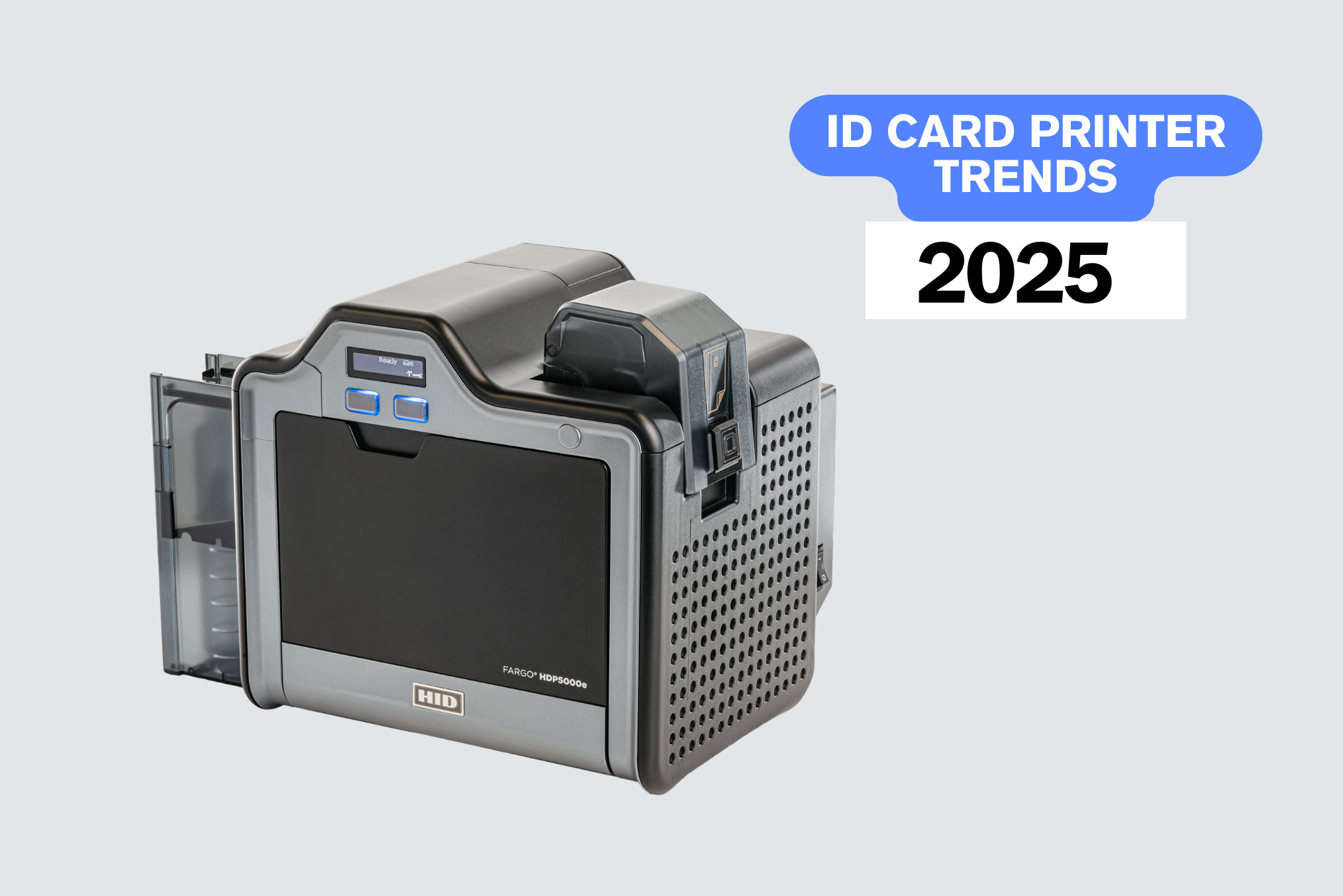As access control specialists, we’re often asked about access control card programming.
In this post, we’re looking at everything you need to know about programming an access control card. We’ll look at what it means to program a card, why access control cards need to be programmed and the difference between programmed and unprogrammed access control cards.
What does it mean to program an access control card?
In simple terms, programming an access control card means adding information to the chip inside a card. This information is the credential data used to communicate with access control card readers, to grant users access to the building.
Is programming an access control card the same as encoding a card?
Yes. Programming and encoding both mean adding information to a card, so yes, in this instance, the two are the same.
What’s the difference between programmed and unprogrammed access control cards?
The main difference between programmed and unprogrammed access control cards is that programmed cards have data added to the chip inside the card, whereas unprogrammed cards do not.
Why do access control cards need to be programmed?
You might think that access control cards need to be programmed because if they’re not, they will be unable to provide access to the building. This is actually not the case.
All access control cards come with a card serial number (CSN), sometimes referred to as a UID number or CUID. It’s helpful to think of the CSN as the door number of a house. It’s important for everyone to be able to read the house number to find it. Similarly, the CSN is used to uniquely identify a card.
The CSN can always be read without any security or authentication as per ISO requirements. Therefore, an unprogrammed access control card has a CSN, but no card number or individual credential data has been added to the card.
If the organisation was using outdated CSN-only card readers, using such a card would still grant a user access to the building, however the card would still not be secure.
Due to this, access control cards must be programmed to be given a secure, unique card number that provides extra security. This card number includes the secure credential data that is transmitted between the card and reader to grant access to the building.
Another reason why cards must be programmed is so they work with readers that are not legacy CSN-only readers.
In simple terms, access control cards need to be programmed because using a card with just a CSN is not secure. The CSN was never intended to provide individual security – it is simply an ISO requirement to protect from anti-collision (multiple cards being tapped against a reader at once).
What happens if you use a card that hasn’t been programmed?
To reiterate the facts mentioned above, if you use an unprogrammed card or a card with just a CSN and no card number, you become vulnerable to access card cloning. This means your card can easily be copied or cloned.
In short, using a contactless card with only a CSN bypasses the security functions built into these cards and renders them unsecure.
Alternatively, using a programmed access control cards is one of the most effective ways to prevent your access control cards from being cloned.
Let’s Recap
Access control cards need to be programmed to provide secure entry to your building.
We recommend leaving it to the experts and getting cards pre-programmed. Luckily, you’re in the right place.
We’re access control specialists and sell a wide range of access control cards available to purchase for your access control systems.
Give us a call on 0800 988 2095 to find the best access control cards for your requirements. Our friendly team has all the knowledge and know-how of our access control solutions and is always happy to help. We hope to speak to you soon.



